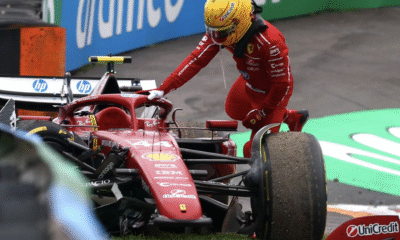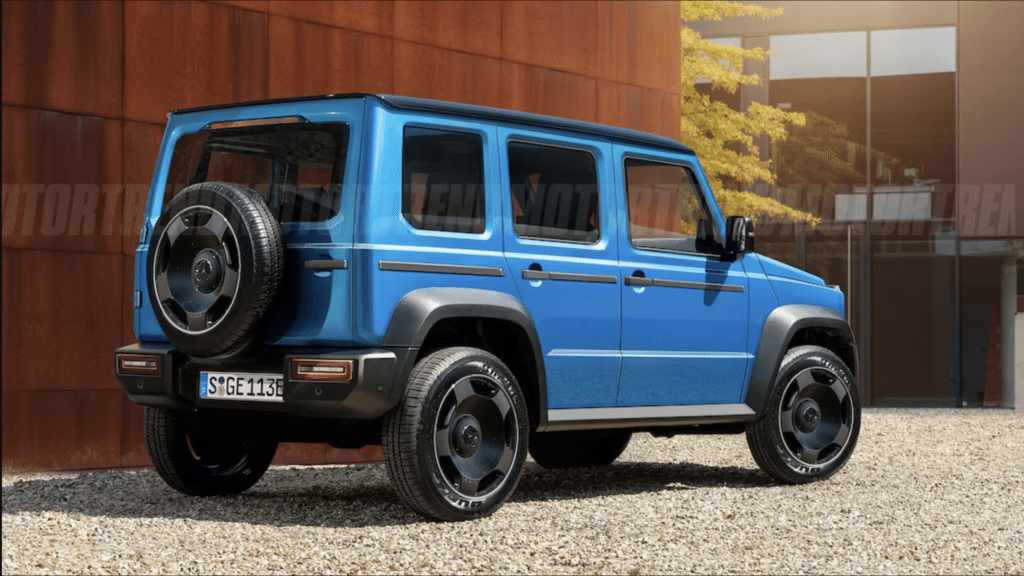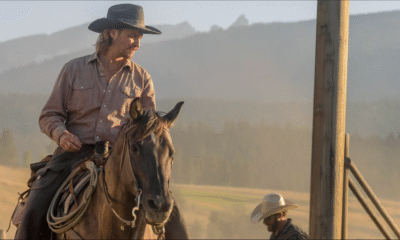Auto
Mercedes Confirms Baby G-Wagon: A Mini Beast with Big Attitude
Mercedes-Benz has officially confirmed the development of a more compact version of its iconic G-Class SUV, commonly called the “Baby G-Wagon.” This initiative aims to broaden the G-Class lineup by introducing a smaller, more urban-friendly model that retains the distinctive design and off-road capabilities that have made the original G-Wagon a symbol of luxury and ruggedness.
Design and Architecture
The Baby G-Wagon is expected to maintain the classic boxy silhouette characteristic of its larger counterpart. However, it will be built on Mercedes-Benz’s new Modular Mercedes Architecture (MMA), a platform designed to support internal combustion engines (ICE) and electric powertrains. This monocoque construction differs from the traditional ladder-on-frame design of the full-sized G-Class, potentially offering improved on-road dynamics and reduced weight.
While the Baby G-Wagon will be slightly shorter, it is anticipated to have a lower ground clearance and reduced height than the original G-Class. These adjustments aim to enhance urban maneuverability without significantly compromising off-road performance. The vehicle is also expected to feature modern design elements, integrating advanced aerodynamics while preserving the robust aesthetic that defines the G-Class lineage.
Powertrain Options
Leveraging the versatility of the Modular Mercedes Architecture (MMA) platform, Mercedes-Benz plans to offer the Baby G-Wagon with a range of powertrain options. These are likely to include traditional petrol and diesel engines and fully electric variants, aligning with the company’s commitment to sustainable mobility. The electric version is expected to incorporate technologies from the upcoming EQG, the electric iteration of the full-sized G-Class, ensuring that the Baby G-Wagon delivers both performance and efficiency.
Mercedes-Benz unveils ‘Retail of The Future’ sales programme. Check details
Market Positioning and Competition
Introducing the Baby G-Wagon positions Mercedes-Benz to compete in the growing market for compact luxury SUVs with off-road capabilities. This segment includes vehicles like the Land Rover Defender 90 and the Jeep Wrangler, which offer a blend of urban practicality and rugged performance. By providing a smaller G-Class, Mercedes-Benz aims to attract a broader customer base, including those who desire the prestige and functionality of the G-Wagon but in a more compact and potentially more affordable package.
Strategic Implications
Expanding the G-Class lineup with a smaller model reflects Mercedes-Benz’s strategy to capitalize on the strong brand identity of the G-Wagon. The G-Class has evolved from its origins as a military vehicle to become a luxury status symbol, and introducing a Baby G-Wagon allows the company to leverage this heritage in a new market segment. This move also aligns with industry trends where manufacturers extend iconic models into subcategories to meet diverse consumer preferences.
The development of the Baby G-Wagon signifies Mercedes-Benz’s commitment to innovation while honoring the legacy of the G-Class. By integrating modern design, versatile powertrains, and the renowned characteristics of the original G-Wagon, the Baby G-Wagon is poised to impact the compact luxury SUV market significantly. As consumers increasingly seek vehicles that offer urban practicality and off-road prowess, the Baby G-Wagon represents a strategic addition to Mercedes-Benz’s portfolio, promising to deliver the brand’s signature blend of luxury and performance in a more compact form.











































